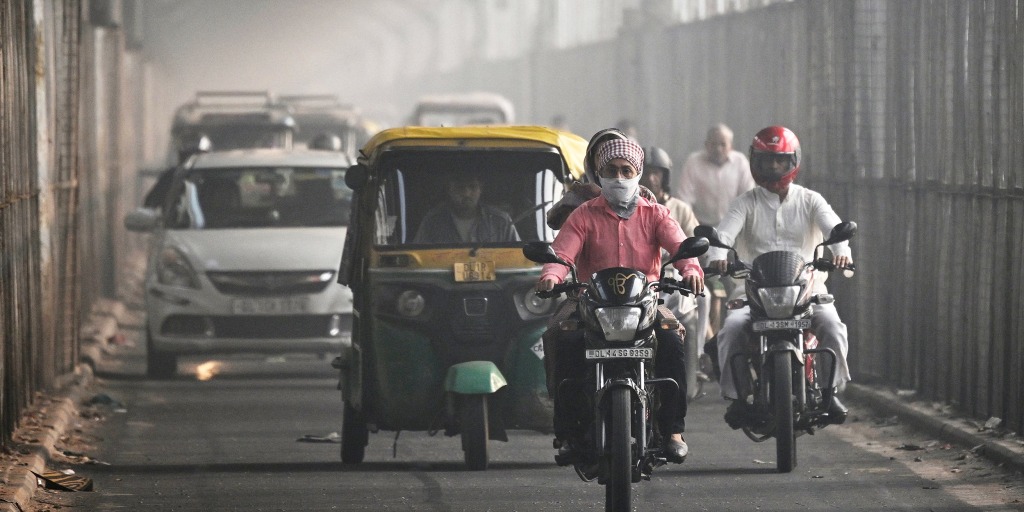Home / Environment / Diwali Fireworks Choke Delhi in Toxic Smog
Diwali Fireworks Choke Delhi in Toxic Smog
21 Oct
Summary
- Hazardous air pollution levels after Diwali fireworks
- Visibility drops as smog envelops Delhi landmarks
- Sunshine hours declining across India due to rising pollution

As of October 21, 2025, a thick smog has blanketed India's capital, New Delhi, a day after millions celebrated the Hindu festival of Diwali with fireworks that sent air pollution soaring to hazardous levels. Revelers in New Delhi burst firecrackers late into Monday night, filling the air with smoke and fine particles that mixed with seasonal pollution and stagnant weather conditions.
By Tuesday morning, the city's Air Quality Index had climbed above 350 in several neighborhoods, a level considered "severe" and dangerous to breathe, according to the World Health Organization's daily recommended maximum exposure. Visibility also dropped in some parts of the city as a gray haze enveloped streets, high-rises, and historical monuments.
Authorities in New Delhi have implemented measures to curb pollution levels, including limits on construction activity and restrictions on diesel generators. However, environmentalists say long-term solutions, such as cleaner energy and stricter vehicle-emission controls, are needed to prevent the annual crisis. Additionally, a recent study found that sunshine hours have steadily declined across most of India due to rising air pollution, which can affect the country's solar power generation and agricultural productivity.




